PDF chapter test TRY NOW
Fish is a source of animal protein in food that is cheap. Production of fishes includes :
1. Finned true fish
2. Shellfish like prawns and molluscs
Fishes can be obtained in \(two\) ways:
1. Natural resources
2. Fish farming.
Obtaining fish from natural resources is called capture fishery while obtaining from fish farming is called culture fishery.
Source of fish can be:
- Seawater (marine ecosystem) - oceans, sea
- Freshwater (freshwater ecosystem) - rivers, ponds
Marine fisheries:
In India, the marine fishery resource includes about \(7500\) \(km\) coastline and deep seas. Popular marine fish includes
Example:
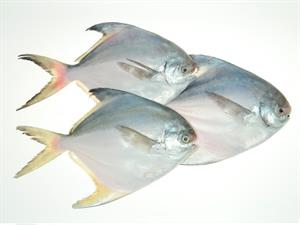
Pomphret
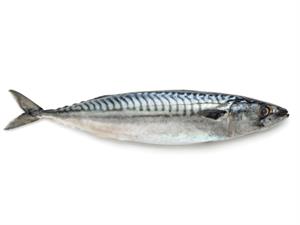
Mackerel
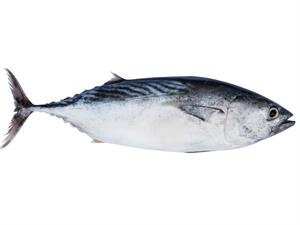
Tuna
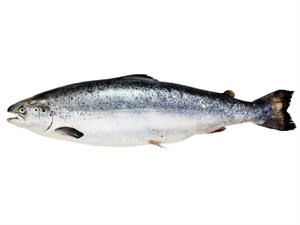
Salmon
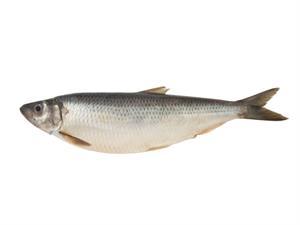
Herring
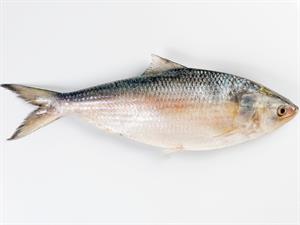
Hilsa
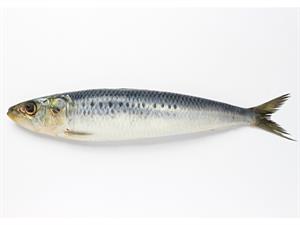
Sardine
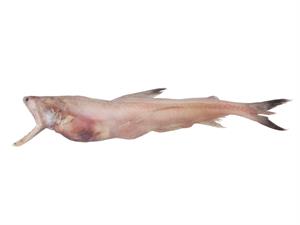
Bombay duck
Marine fish are caught by using fishing nets of different types from fishing boats and mechanical capturing techniques. Yields of fish obtained are increased through the techniques that include locating large schools of fish in the sea using echo-sounders and satellites.
Marine fish of high economic value can also be farmed in marine water.
Example:
Finned fish like mullets, bhetki, pearl spots, and shellfish like prawns, mussels, oysters (raised for pearls), and seaweeds.
The artificial breeding, rearing, and management of fish production is called pisciculture.
As marine fish stock decreases, the demand for fish and other marine organisms can be met by culture fisheries, a practice called as mariculture (cultivation of fish and other marine organisms for food).
Inland fisheries:
The fishes that are found in lakes, ponds, rivers, lagoons, canals and other reservoirs are caught.
Source of inland fisheries is:
- freshwater - lakes, ponds, rivers, canals and reservoirs
- brackish waters (seawater and freshwater mix together) - estuaries and lagoons.
Yield through capture fishing is not high in the freshwater and brackish water sources; hence aquaculture is done.
Aquaculture is the rearing, breeding, and harvesting of shellfish, fishes, algae, and other organisms present in the aquatic ecosystem for commercial use.
Fish culture can be done with rice crop, wherein the fish grows in water from paddy fields. More intensive fish farming is done through composite fish culture. Local and imported fish can be used in composite systems.
Composite fish culture:
In composite systems, \(5\) or \(6\) fish species are used in a single pond. The species are selected so that the fishes do not compete for food and must have different food habits. It is a technique to obtain maximum fish yield (production of fish per unit area of water).
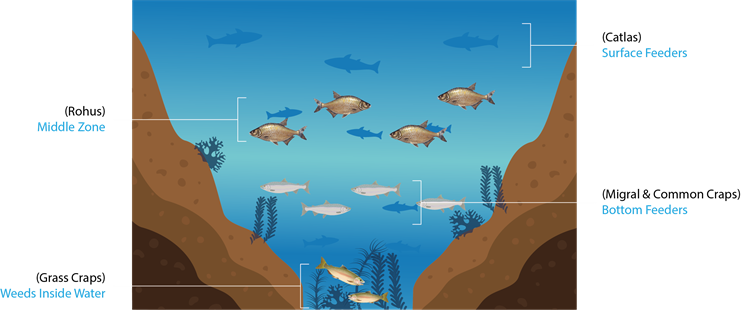
Composite fish culture
Example:
Catlas which are surface feeders, Rohus which feed in the middle zone, Mrigals and Common Carps which are bottom feeders, and Grass Carps which feeds on weeds together can be grown together in composite systems. These do not compete with each other in the pond.
Disadvantages of composite fish culture:
1. Many fishes breed in the monsoon season only.
2. Lack of availability of good quality fish seeds (eggs of fishes).
To overcome the lack of availability of fish seeds, the fishes are bred using hormonal stimulation. This supplies the pure fish seed in
desired quantities.
